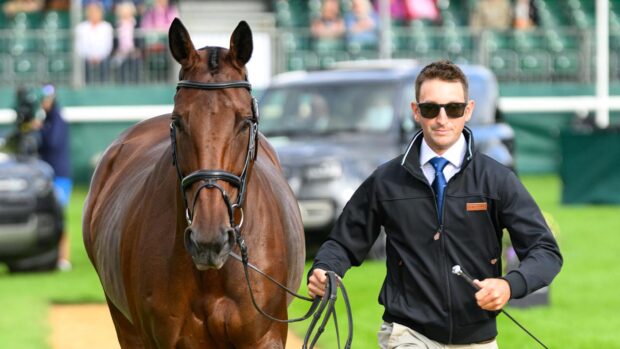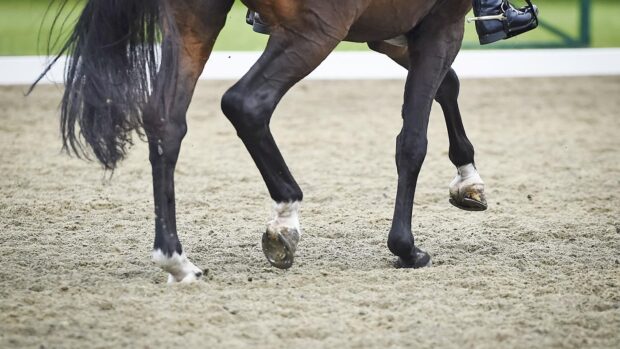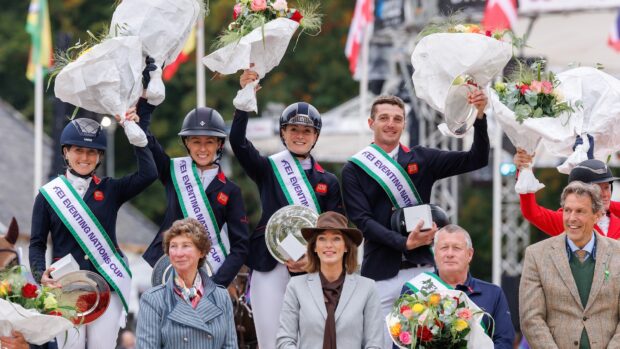Spinal Research, a charity supported by Olympic eventer Ginny Elliot, is pioneering techniques that could repair damaged spinal tissue
Why are riders susceptible to neck injuries? The answer is in the way that we fall and the physical structure of the neck and spinal cord.
The head and neck are like a ball and chain. If the horse stumbles or refuses a fence, the rider is propelled forward with the head leading. The head is likely to impact the ground first, which transmits the forces through the skull to the neck, which can be flexed beyond a point that it can withstand.
The neck, or cervical spine, is part of the long, flexible spinal column that runs from the head to the tailbone. The neck has seven vertebrae, forming a continuous protected tunnel through which the spinal cord can pass uninterrupted.
Nerve impulses are relayed to and from the brain via the spinal cord. When the neck is injured, the nerves forming the spinal cord can be torn, stretched, severed or compressed. This can interrupt the passage of the nerve impulses and, at worse, result in the permanent loss of signal.
Depending onthe vertebral level of the injury and the extent of the damage, varying degrees of paralysis can result. However, following spinal cord injury, not all nerve fibres are severed – 90% of patients have some surviving fibres.
Research has shown the damaged nerves deteriorate in the first 24hr following injury, increasing the area affected. If this process can be interrupted or halted, then the resulting paralysis could be greatly reduced. Several laboratories are now being funded to try to produce a treatment to do this.
Since surviving nerve fibres are believed to exist for the rest of a patient’s life, treatment of long-standing injuries, in addition to acute cases, might have a better prognosis. This brings real hope to wheelchair-bound patients.
The future lies in the regeneration of the spinal cord. This would allow new growth of nerve cells to bridge the damaged gap, with a return of movement and sensation. This has successfully been demonstrated under laboratory conditions, but extensive clinical trials are now needed.
Spinal Research is exploring a number of methods of achieving spinal cord regeneration. One involves grafting tissue from the patient’s olfactory system (used for smell and taste), and another is the utilisation of a recently discovered growth-stimulating molecule, which has shown marked regrowth of severed nerve fibres in the laboratory.
In order to get the necessary clinical trials under way by 2005, Spinal Research needs to raise £3m each year.
A UK-wide initiative called Saddle-Up For Spinal Research is helping the charity. As a great supporter and patron of Spinal Research, Ginny Elliot is taking the lead in the Saddle-Up campaign by hosting the Ridgeway Sponsored Ride, a 60-mile fund-raising ride from 25-28 July.
For further information on Saddle-Up fund-raising events and how to sponsor Ginny, visit the charity’s website at www.spinal-research.org or contact Nicolette Thomas (tel: 01483 898786) or e-mail: saddle-up@spinal-research.org
Read more about rider injuries:



